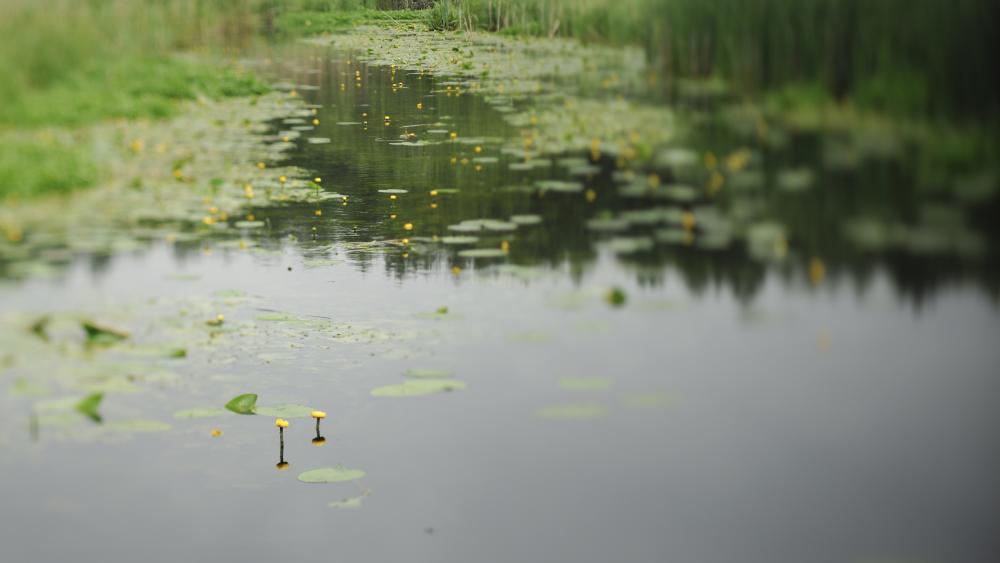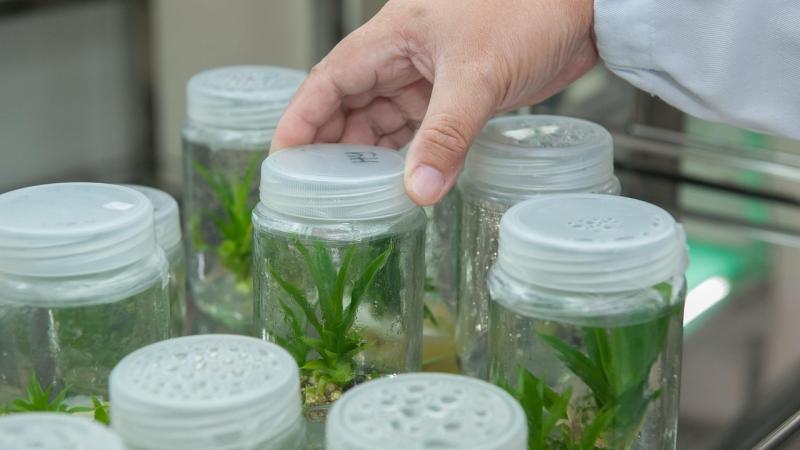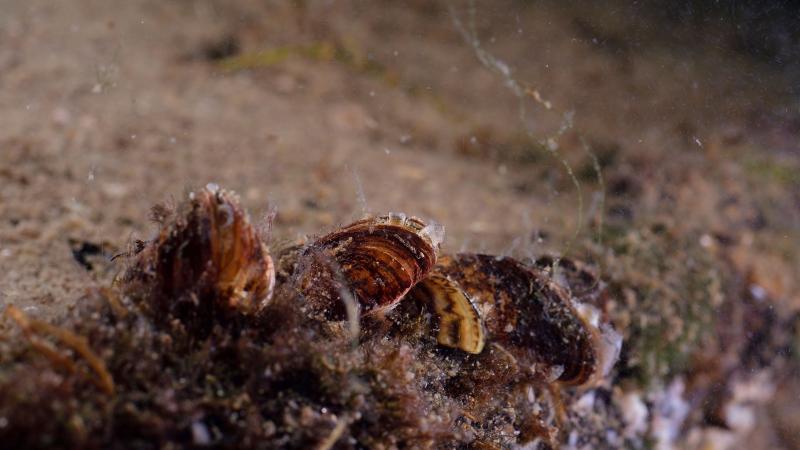
Environmental changs and competition between species can alter their response. I Photo: Solvin Zankl
The pace of human-induced environmental change in aquatic environments is now faster than ever. These include changes in temperature and precipitation, as well as loads of nutrients, salts and chemicals. These rapid changes in abiotic factors are a threat to biodiversity. However, individual species are able to respond to environmental changes, through phenotypic plasticity, evolution or a combination of both.
Phenotypic plasticity within a generation as a short-term solution and genetic adaptation for the long-term survival of the species
Phenotypic plasticity is the ability of a single genotype to produce a range of phenotypes under changing environmental conditions. It is an individual response mechanism within a generation that can occur rapidly to enable the short-term survival of organisms in a changing environment. Evolution is a genetic adaptation through mutations or through selection of existing genotypes. Evolution occurs over generations and is therefore often a slower response to environmental change, but is crucial for the long-term survival of a species.
Lynn Govaert's team has investigated for the first time whether competition between species can influence the plastic and genetic response to abiotic change. And whether the effect of this competition depends on the extent of the abiotic changes, and whether its effect differs among species in the community. They studied different species of freshwater ciliates and their response to increasing salinity in the water.
"Species do not live in isolation, so it is important to understand how a community with all its interactions reacts to environmental changes. Only then can you assess which species will survive in a habitat and which may not," Lynn Govaert explained.
Competition can change the direction of response
The team found that species differed in their plastic and genetic responses to the combination of abiotic change and competition. Here, the plastic and genetic responses depended on the severity of the abiotic changes. More extreme environments often lead to rapid evolution – this was also the case in this experiment with increasing salinity. However, these responses were altered by competition. "Our study showed that the plastic and genetic responses of species to environmental change and competition can go in opposite directions, resulting in smaller phenotypic changes than if only one species without competition had been included in the study," Lynn Govaert said.
While a general genetic decline in biomass was observed in the no-salinity, no-competition environment, individuals of the ciliate species P. aurelia developed larger biomasses at the highest salinity. However, when competing species were present at the same salinity, they developed lower biomasses. This could indicate that the presence of competing species causes selection for a different trait optimum, probably by changing the "fitness landscape" in which species develop.
Legacy effect of competition
The study is also consistent with recent findings by Grainger et al. showing that competition can have a "legacy effect" on future evolutionary responses. This legacy effect of competition also had important implications for the evolution of P. aurelia to abiotic environmental change. In the competition treatment, two of its competitors (T. thermophila and S. teres) died out throughout the selection experiment (for S. teres, this extinction occurred only in the two conditions with the highest salinity towards the end of the selection phase). Nevertheless, the P. aurelia populations under the two highest salinity conditions showed strong differences in trait values between the populations that evolved with and without competitors. Therefore, it is likely that past competition still influenced the evolution of P. aurelia in relation to abiotic environmental changes.





